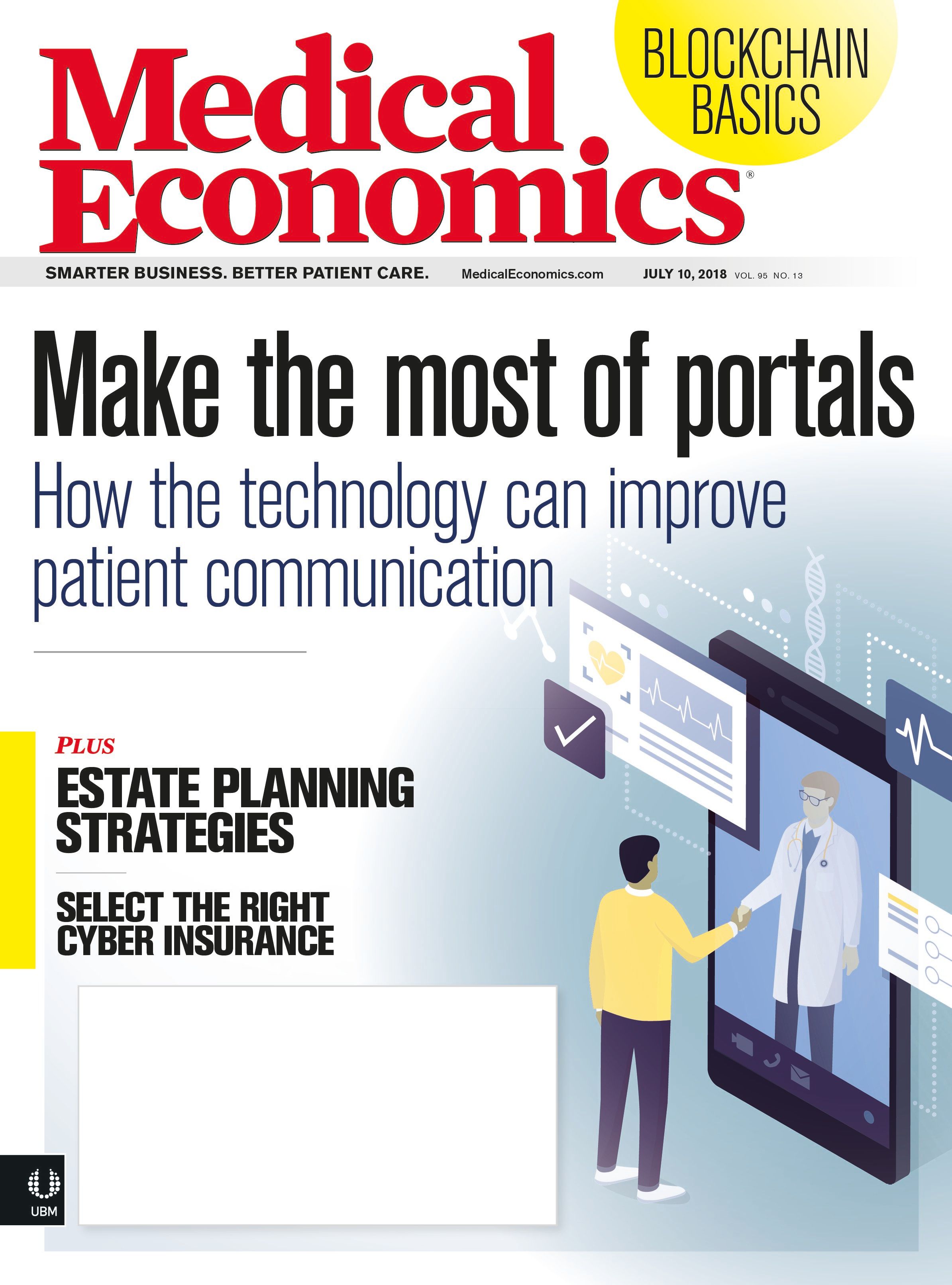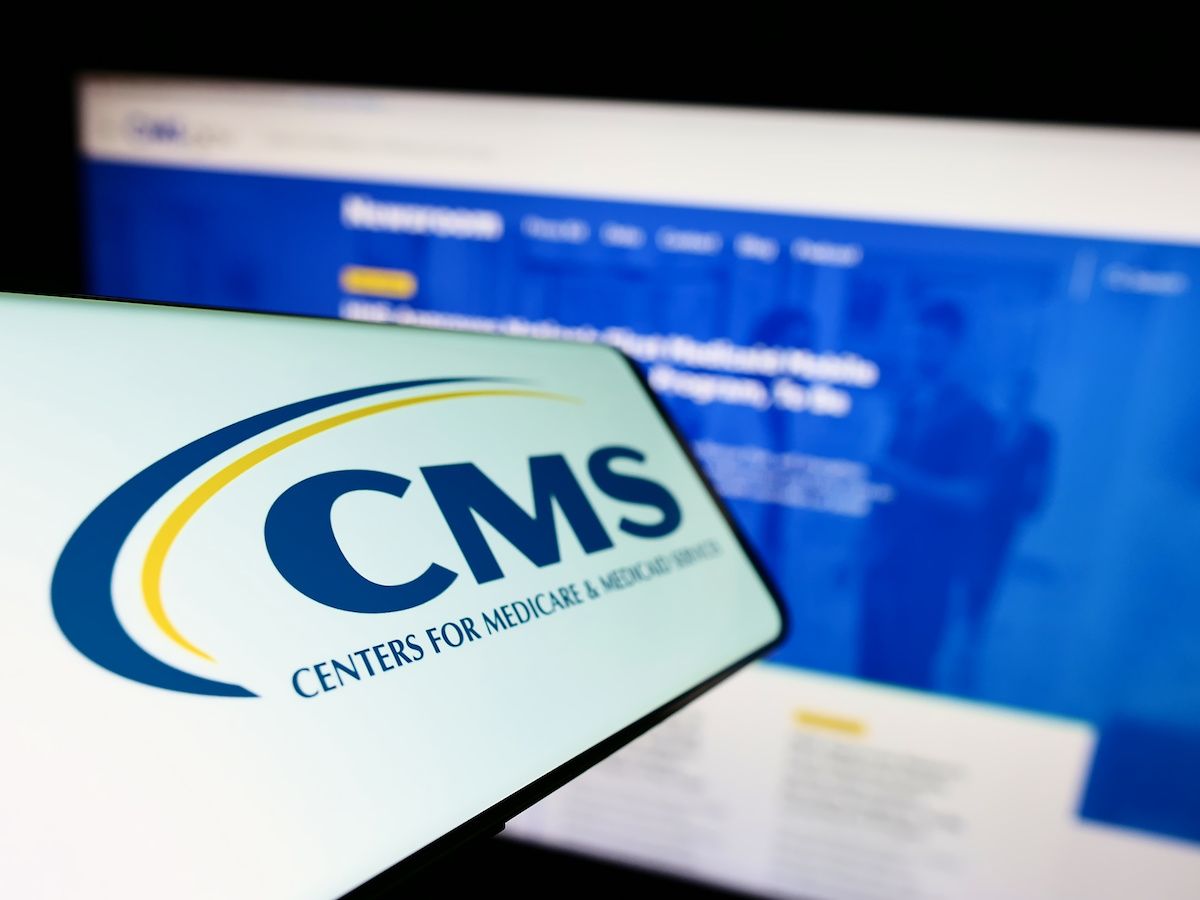Publication
Article
Medical Economics Journal
The future of patient portals
Author(s):
In the years ahead, experts expect portals will move beyond the limited functionality they have today and transform into a user-friendly technology that put a patient’s whole health history into one easy-to-navigate online portal.
Patients are more likely today than in the past to seek care from multiple sources: their primary care physician, the local urgent care center, retail clinics, and even online. They’re also generating more healthcare data on their own, through fitness trackers or at-home devices like glucometers and blood pressure cuffs.
As a result, patients want technology that consolidates all that information and allows them to access and share what they need, when they need it. Patients will look for physicians who provide them with the online experiences that they’re used to and expect in other aspects of their lives.
“Over time, the customer is going to gravitate to providers based on convenience,” says Don Rucker, MD, national coordinator for health IT with the Office of the National Coordinator (ONC) for Health Information Technology.
Patient portals-intended to provide that improved engagement and outcomes-have yet to deliver on the promise. But that’s expected to change within the coming decade as portals become more patient-centered.
In the years ahead, experts expect portals will move beyond the limited functionality they have today and transform into a user-friendly technology that put a patient’s whole health history into one easy-to-navigate online portal.
“We’re going to see a highly personalized portal, one that aggregates data from multiple sources, that can contextualize the data, run analytics on it, and that can empower patients as they navigate their health journey,” says Mark Gilbert, MBA, director of research at Gartner Inc., a Stamford, Conn.-based IT research and advisory firm. “And I think 10 years out, we’ll find these tools will become a critically important part of a precision health model.”
A frictionless experience
Even though today’s portals typically have limited functionality, physicians still say they see them as the primary tool for engaging patients, says Adam Cherrington, MBA, research director of patient engagement at KLAS Research in Orem, Utah.
“[Physicians] call it the highway to the patient,” he says, “but they also tell us that adoption is still low. It’s still a challenge to get patients to log in.”
Cherrington says that the vast majority of healthcare providers (both systems and individual practices) have implemented patient portals, yet studies show less than 20 percent of patients on average log in and use them. And those patients who do use portals generally do so only to check appointment times, send or receive messages, or check lab results and healthcare records-even though some portals already offer more advanced functions such as online scheduling and even telemedicine options.
Health IT leaders point to a poor user experience as a significant reason for the low rates of use by patients.
“It’s a pain point we hear a lot from patients,” says Margeaux Akazawa, a public health analyst at ONC. “We can see patient portals as a success in getting patients access to their data, but they’re very limited. Not only are they very static, but they’re not designed with the user in mind.”
Cherrington predicts technology vendors will develop portals that are easier for patients and physicians to use, which he says should spur higher levels of adoption.
Similarly, health IT experts say technology vendors will increasingly optimize portals for mobile device use, because studies show people overwhelmingly use smartphones and tablets to access online information.
“What we know is mobile is the dominant platform for consumers today, so that has to be the predominant platform [for portals],” says Walter Jin, CEO of Pager, a New York City-based company that sells a mobile app to insurance companies to help guide their members through the healthcare system.
Making the user experience smoother and optimizing it for mobile use are critical steps that will help increase adoption rates, experts say. However, those steps are just the start of the improvements in portal applications expected in coming years.
Future functions
EHR vendors are not the only ones developing patient-centered technologies.
Software companies outside the healthcare industry are introducing portal-like products, too, with experts pointing to the January 2018 announcement from Apple Inc. about its Health Records app as an example.
As these software makers create new features, physicians and patients can expect future portals to:
Deliver more information and support more interaction between patient and provider. Health IT leaders say portals will be the main tool physicians use to remind patients about upcoming visits, the protocols they need to follow between appointments, and other critical healthcare recommendations. Likewise, they see portals making it easier for patients to send emails, search information, schedule appointments online, and even securely exchange text (the preferred method of communication for many younger patients). Experts note that portals typically have these functions now; however, they’re not widely used nor are they always easy for patients and physicians to navigate.
Organize and summarize patient data from multiple EHRs and consumer devices such as fitness trackers. This will be done in a way that the average person can understand, and provide details and insights on what the patient’s healthcare data means for them. For example, portals will provide action plans from the patient’s physicians and links to appropriate guidelines or follow-up treatment guides. Portals will also use artificial intelligence-enabled self-management and self-diagnostic tools. “There is the potential for healthcare that’s happening in the doctor’s office to move back to the patient,” says Edward Yu, MD, a primary care physician and medical director of quality at Palo Alto Medical Foundation.
Automate more actions. Patients will be able to initiate and conduct a virtual visit with a simple click from the portal. In turn, portals will make it easier for patients to provide relevant information in advance of both virtual and in-office visits via automated questionnaires contained within the portal, says Stephen Dart, MBA, senior director of product management with AdvancedMD, a South Jordan, Utah-based vendor of cloud software for independent medical practices.
Offer more resources, including connections to support groups or communities focused on their specific health conditions or wellness concerns. “Portals will become richer as they’re able to incorporate other capabilities that patients want,” says Peter Kilbridge, MD, senior director for research at The Advisory Board Co., a healthcare research and consulting firm headquartered in Washington, D.C. For example, physicians could use portals to connect patients to nutrition programs or deliver ongoing content that helps motivate patients with chronic conditions to stay on track with their care programs. Taken all together, “the future of the portal is about getting the right data to the patient in an understandable format to help them engage and improve their ability to follow a healthcare plan,” says Ripley Hollister, MD, a board member with the Physicians Foundation and a primary care practitioner in Colorado Springs, Colo.
CHALLENGES TO IMPLEMENTING BETTER PORTALS
Such a future state isn’t that far off , according to health IT experts. Some portals already have advanced capabilities, such as telemedicine functions, online scheduling options, and the ability to access physicians’ notes. But those are the exceptions. Moreover, the technologies that will enable future features already exist.
Application programming interfaces, or APIs, and the Fast Healthcare Interoperable Resource (FHIR) standard already enable interoperability between systems. AI is being used to help physicians make diagnoses and plan the best courses of care. And many patient portals can be accessed by smartphones, even if they’re not all existing portals are yet optimized for mobile devices. Still, there are challenges to creating the more advanced features described above and achieving widespread adoption of them, health IT leaders say.
For starters, EHRs can’t yet easily share data with other EHRs. Similarly, many EHRs can’t readily accept or share data with patient-owned apps. Additionally, some providers don’t want to share all their notes directly with patients. Many others don’t want to open up their schedules for patients to set up appointments online without staff screening to determine the urgency of the patient’s needs.
Questions about how and how much physicians will be reimbursed for services offered via patient portals-such as telemedicine visits or text exchanges-could slow adoption of anticipated future features, Hollister says. “There’s a cost to this technology and the maintenance of it. Who will pay for those costs? Will the physician be reimbursed?” Hollister asks.
Physicians will also need time to incorporate the advanced patient portal capabilities into their practices, Hollister says, explaining that physicians will have to establish for themselves and their patients what types of information is appropriate to share via the enhanced portals of the future and what communication will remain best done via in-office visits.
Cherrington acknowledges that these challenges could stymie the patient portals of the future, with a lot of developments having to come together in order to see the high level of patient portal adoption that can then impact healthcare outcomes. However, he says, his research shows that optimism regarding future improvements is high in light of Apple’s entry into this market and other advancements.
Physicians and other healthcare providers see a future where this technology can help with interoperability by providing a conduit for sharing data as well as making data more accessible and thereby allowing patients to really take charge of their healthcare. “Providers want to not only have a vehicle to connect with their patients, but they want their patients to participate in their care by making it easier to navigate it,” Cherrington says.
And patients want this too, he adds, in the form of a tool that makes their experience smooth and easy when seeing their healthcare team. “That’s what has to happen, Cherrington says. “And whether we call it a portal or patient guidance tool or something diff erent, I don’t know. But it’s going to have to be something significantly useful for the patient and as that happens the value alone will keep patients coming back to it.”






